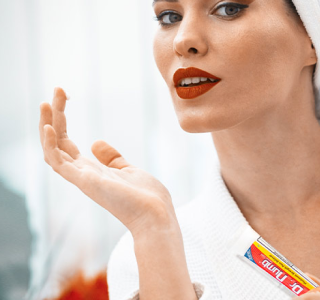A Hemorrhoid pimple, also known as an anal papilla or skin tag, is a common condition due to the enlargement of veins in the anus or rectum.
A Hemorrhoid pimple is a medical condition that refers to the swollen and inflamed veins in the rectum and anus region.
Hemorrhoid pimples are common among adults and can develop for various reasons, including constipation, pregnancy, obesity, and prolonged sitting or standing.
Hemorrhoid Pimple: Main Causes

Hemorrhoid pimples are caused by an infection in the anal glands or hair follicles located in the anal region. Bacteria enter the skin through minor cuts or nicks during bowel movements or when wiping the anal area with toilet tissue.
Poor hygiene, excessive sweating, eczema, or psoriasis in the anal region can also cause hemorrhoids. Additionally, chronic constipation, diarrhea, and obesity can cause anal pimples.
Sweat:
Sweat is a natural bodily function that regulates body temperature and expels toxins. However, excessive sweating can lead to several skin conditions, including hemorrhoids and pimples. Pimples are inflamed bumps on the skin that can be painful and unsightly, while hemorrhoids are swollen veins in the rectum and anus.
Excessive sweating creates a warm and moist environment ideal for bacteria and other microorganisms to thrive. Hemorrhoids and pimples can occur due to skin irritation, inflammation, and infection. Additionally, sweating exacerbates hemorrhoids and spots, making them more painful and difficult to manage.
Preventing excessive sweating is critical to avoiding hemorrhoids and pimples. Keeping the skin clean and dry can be achieved by wearing loose-fitting clothing made of breathable fabrics, avoiding spicy and greasy foods, and practicing good hygiene. Various treatments for hemorrhoids and pimples are available, including topical creams, oral medications, and surgical procedures.
While sweat is a necessary bodily function, it can also contribute to developing and exacerbating hemorrhoids and pimples. Individuals can minimize discomfort and maintain healthy skin by managing to sweat and treating skin conditions that arise.
Bacteria:
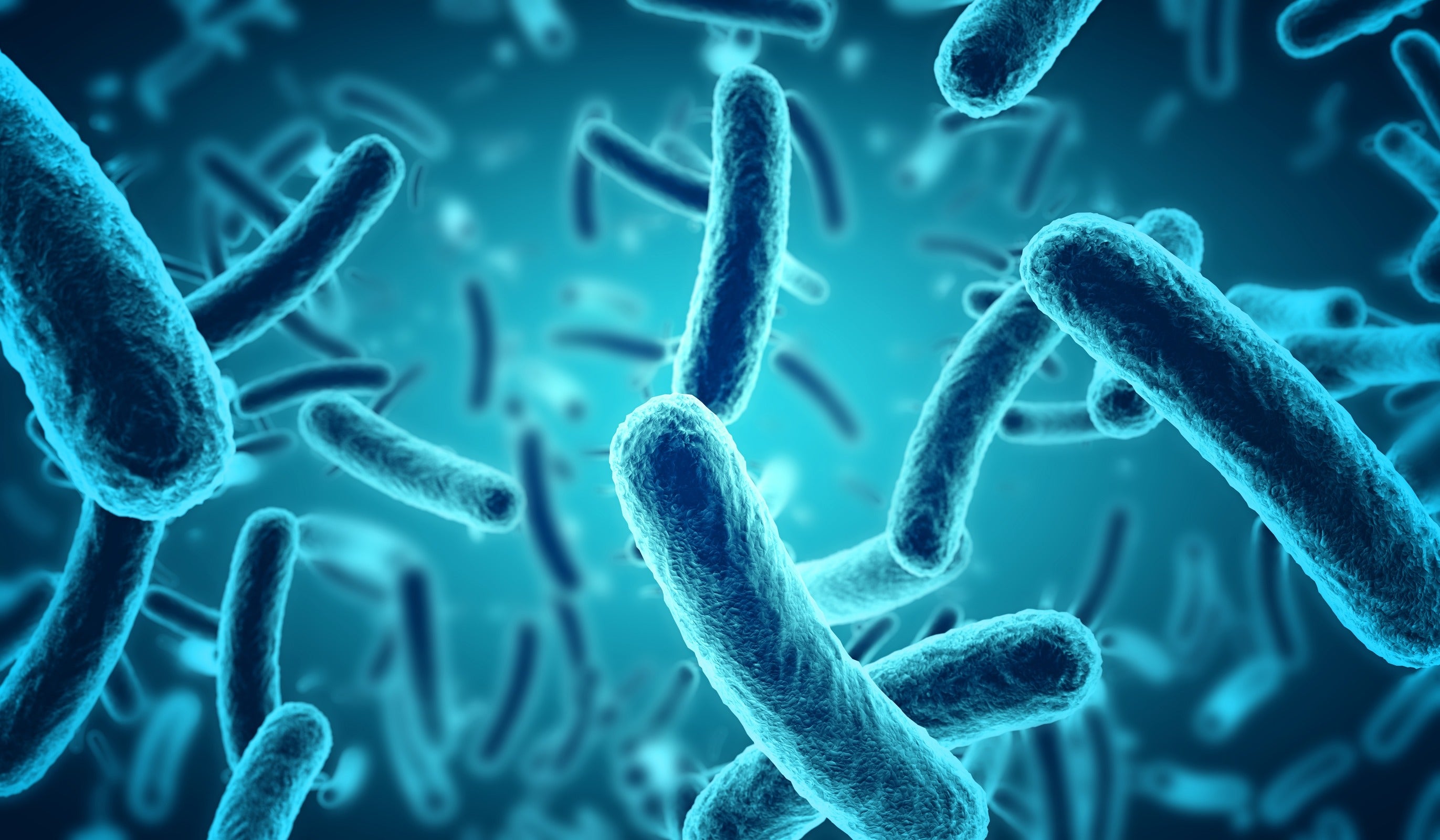
Hemorrhoids and pimples are two distinct types of skin conditions that can affect different parts of the body. However, both situations can arise for various reasons, one of which is the presence of bacteria.
Bacteria are microscopic organisms that can live almost anywhere, including inside the human body. Infections that lead to skin problems can be caused by bacteria that benefit our health.
In the case of hemorrhoids, bacterial infections can occur when there is a tear or irritation in the anal area. Constipation, diarrhea, or any other condition that puts pressure on the anal site can cause this. The bacteria can then enter tears and irritations, causing swelling and pain.
Similarly, pimples are also caused by the Propionibacterium acnes (P. acnes) bacteria. These bacteria live on the skin and feed on the oils produced by the sebaceous glands. When the skin has excess fat, the bacteria can multiply quickly, forming pimples.
Furthermore, poor hygiene practices that don't wash the face or body regularly can also cause pimples.
Bacteria can play a significant role in causing hemorrhoids and pimples. You can prevent such infections by following good hygiene practices, avoiding constipation, and wearing clean underwear. Additionally, medical treatment may be necessary in severe or persistent cases.
Hormones:

Hormones are significant in various bodily functions, including developing and maintaining skin health. In the context of hemorrhoid pimple causes, hormonal imbalances may contribute to flare-ups of these skin conditions.
Specific androgens like testosterone can increase oil production in the skin's sebaceous glands. This excess oil can clog pores and hair follicles, forming pimples on the skin.
Furthermore, hormonal changes during menstrual cycles can also contribute to the developing of hemorrhoid pimples. A fluctuating estrogen and progesterone level can lead to pimples and clogged pores.
Hormonal imbalances can also lead to inflammation in the body, further exacerbating hemorrhoid pimples. High cortisol levels, the stress hormone, weaken the immune system and increase inflammation. It makes it harder for the body to fight infections, including acne.
Hemorrhoid pimples are not only caused by hormones, but they also contribute to skin health. Pimples can be managed and prevented by understanding how hormonal imbalances contribute to their formation.
Genetics:

Genetics is a crucial factor that influences the development of hemorrhoid pimples. A hemorrhoid pimple occurs when the blood vessels around the anus become inflamed due to obesity, pregnancy, or straining during bowel movements. Nevertheless, genetic predisposition plays a significant role in this condition.
Hemorrhoid pimples are more likely to develop in people with a family history than in people without one. Researchers estimate individuals with a family history of hemorrhoid pimples have a three-fold increased risk.
Several genes have been linked to the risk of developing hemorrhoids or related symptoms. For example, a study on hereditary hemorrhoids found that genetic mutations in MMP20 cause collagen degradation in the vascular wall.
According to the same study, individuals with this genetic mutation were also at a higher risk of hemorrhoids.
The heritability of hemorrhoids has been estimated at 61% in a study on twins, suggesting that genetic factors play an important role in their development.
In summary, genetics plays a crucial role in developing hemorrhoid pimples. A family history of the condition increases the risk for individuals, and several genes have been identified as predisposing factors. The genetic insight could lead to screening tools and targeted therapies for hemorrhoid pimples.

Skin irritation:
It is believed that skin irritation is one of the major causes of the outbreak of these pimples. Friction or pressure can irritate the delicate skin around the anal region. The friction may cause bumps, redness, and itching around the anal area due to tight clothing or sweating.
Further compounding the irritation, the anal region is frequently used for urination and defecation. This causes further rubbing of the skin, leading to more irritation. This condition is made worse by swelling and bleeding around the anal area.
Moreover, an underlying medical condition such as dermatitis, psoriasis, or eczema can cause skin irritation. In such cases, treating the underlying skin condition can help alleviate the symptoms of Hemorrhoid Pimples.
Hemorrhoid pimples can be reduced by wearing loose-fitting clothing and practicing good hygiene. To prevent further irritation, wash the anal area regularly with mild soap and water, avoid harsh chemicals, and use soft toilet tissue.
It is important to know that skin irritation is a significant cause of hemorrhoid pimples. It is possible to minimize skin irritation by following good hygiene practices and wearing loose clothing. Seek medical attention if you experience severe hemorrhoid pimple symptoms, such as bleeding and swelling.
Hygiene:
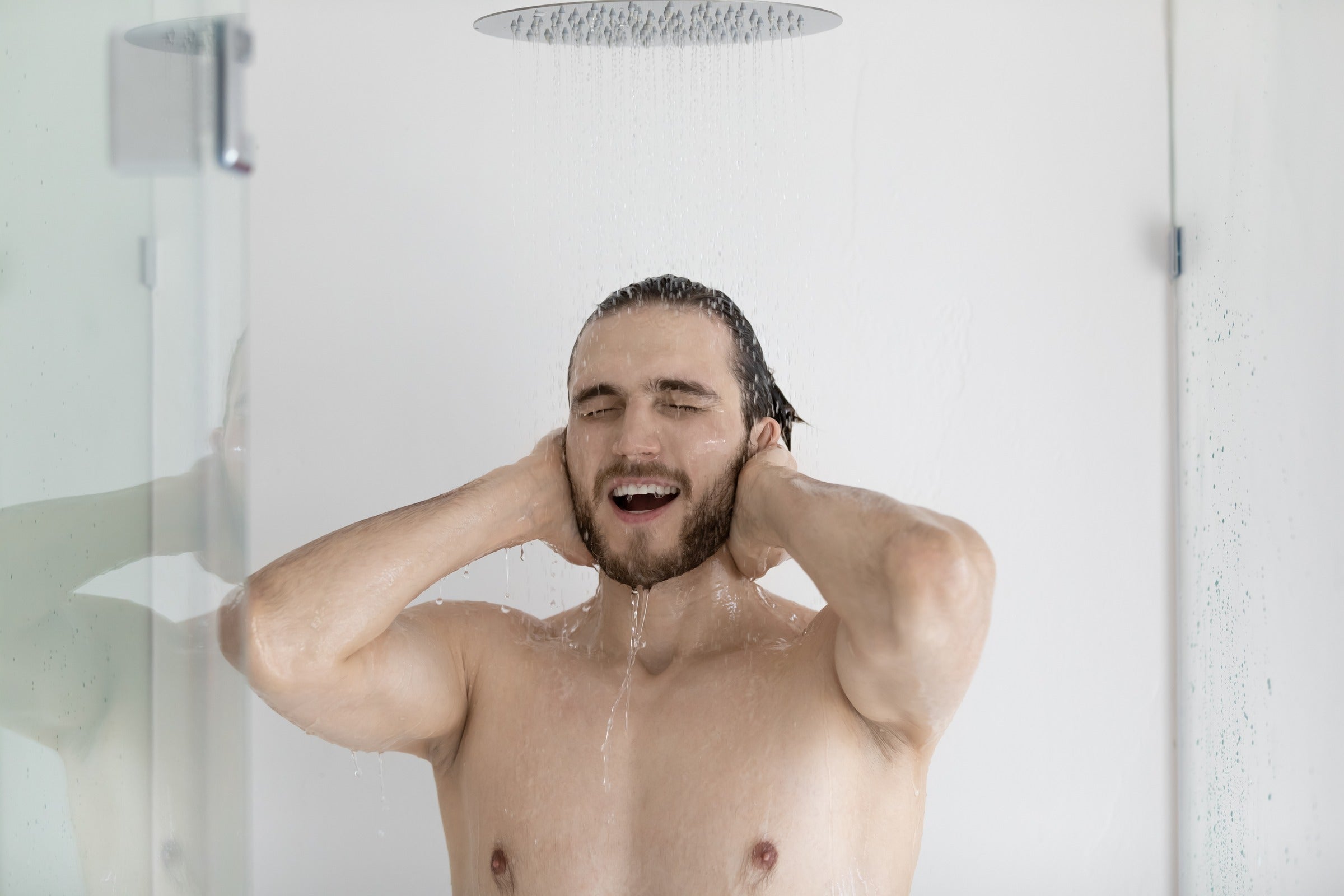
Hemorrhoids and pimples affect different body parts, but hygiene prevents both. While pimples primarily occur on the face, chest, and back, hemorrhoids appear around the anus and rectum.
Hygiene refers to practices that promote cleanliness and prevent the spread of germs. Maintaining good hygiene is essential to minimize discomfort and avoid disease. Take regular warm baths, use gentle cleansers, and pat the area dry with a clean towel. Avoid rough toilet paper, which can irritate the hemorrhoids.
Moreover, maintaining a healthy diet is a critical component of good hygiene. Fiber-rich diets help regulate bowel movements and prevent constipation, a common cause of hemorrhoids. Drinking water and staying physically active also help maintain regular bowel movements.
Keeping your pores clean can prevent the buildup of oil, dirt, and bacteria that lead to pimples. Using a gentle cleanser twice daily and avoiding unwashed hands are important. They should also avoid using heavy makeup and products containing harsh chemicals that irritate the skin.
Furthermore, maintaining a healthy lifestyle is crucial for preventing pimples. Eating a balanced diet, drinking plenty of water, and getting enough sleep promotes healthy skin and prevents acne. Regular exercise also helps increase blood flow and oxygen to the skin, which can improve its appearance.
In summary, hygiene plays a significant role in preventing both hemorrhoids and pimples. These conditions can be prevented by maintaining good hygiene practices, such as regular cleansing, a healthy diet, and an active lifestyle.

Risk factors associated with hemorrhoid pimples:
Individuals with a family history of hemorrhoids or who are overweight are more prone to developing hemorrhoid pimples. Additionally, those who lead a sedentary lifestyle or consume a diet low in fiber may be at an increased risk.
Hemorrhoid pimples are different from anal pimples and abscesses as they are generally harmless and not typically as painful. However, if they cause discomfort, they can be removed through a simple outpatient surgical procedure. It is vital to seek medical attention if symptoms or pain persist to ensure proper diagnosis and treatment.
Hemorrhoid Pimple: Symptoms and Differences
Pimples and hemorrhoids may appear to have nothing in common, but their symptoms often overlap.
- A hemorrhoid pimple, also known as an anal skin tag, is a small, harmless, and skin-colored or reddish bump that appears on the anal area.
- It arises from external hemorrhoid that shrinks and becomes trapped in the anal skin fold.
- While hemorrhoid pimples are painless, they can cause discomfort and itchiness like a spot.
Another distinguishing factor between hemorrhoid pimples and regular pimples is their location.
- While spots can occur on any body part, hemorrhoid pimples only happen in the anal area.
- Hemorrhoid pimples can also be larger and more irregular-shaped than regular pimples due to their origin from a swollen vein.
Hemorrhoid Pimple: Appearance and Diagnosis

Hemorrhoid pimples, or hemorrhoid thrombosis, appear in the anus or around it. This lump is often painful and can cause discomfort during bowel movements or sitting. A hemorrhoid pimple looks like a spot with a small, red, and swollen area around the affected area. A medical professional can diagnose hemorrhoid pimples by performing a physical examination.
Treatment Options for Hemorrhoid Pimples:
Several treatment options for hemorrhoid pimples include home remedies and medical interventions.
- Hemorrhoid pimples can be treated at home with warm sitz baths, witch hazel compresses, or over-the-counter creams.
- Medical interventions for hemorrhoid pimples include lancing and draining of the lump and surgical removal in more severe cases.
- Please consult a medical professional before treating a hemorrhoid pimple, as they will be able to guide you.
- Topical treatments such as benzoyl peroxide, salicylic acid, or antibiotic creams can often clear up regular pimples, but hemorrhoids require a more specialized approach.
- Hemorrhoids and regular pimples may share similar symptoms but have distinct causes, locations, and treatment options.
It's crucial to correctly identify the underlying condition to ensure proper treatment and avoid potential complications. A healthcare provider best makes an accurate diagnosis and treatment plan for hemorrhoids.

Importance of Paying Attention to Hemorrhoid Pimples:
Hemorrhoid pimples may seem inconsequential, but paying attention to them and seeking treatment if necessary is essential. Pimples with hemorrhoids can lead to complications such as infection and thrombosis, which require more intensive treatment.
Additionally, the discomfort and pain caused by hemorrhoid pimples can negatively impact one's quality of life. It is important to monitor the appearance and symptoms of hemorrhoid pimples and seek treatment as soon as possible to prevent further complications.
Prevention Tips for Hemorrhoid Pimples:
There are several preventative measures that individuals can take to reduce the risk of developing hemorrhoid pimples.
- Maintaining good hygiene practices, such as gently washing the anal area after bowel movements.
- Also can help to prevent the buildup of bacteria and debris that can lead to pimples.
- Eating a high-fiber diet and staying hydrated can also help to regulate bowel movements and reduce the strain on the anus.
- Additionally, wearing loose-fitting clothes, exercising regularly, and avoiding prolonged sitting can help prevent hemorrhoid pimples.
Differences between Hemorrhoid and Pimples:
There is a crucial need for individuals to know the difference between hemorrhoids and pimples. The anal region is swollen from hemorrhoids caused by pregnancy, constipation, and obesity. They typically present as painful bulges, bleeding when touched, and itch. Pimples are small, pus-filled red bumps caused by clogged hair follicles or bacterial infections.
They appear anywhere on the body, including the face, neck, chest, and back. Consider location, texture, appearance, and symptoms to differentiate the two. Hemorrhoids are usually found around the anus, soft, squishy, purple, and painful. Pimples are firm, white, or yellow, accompanied by inflammation and tenderness. If you experience any symptoms, seek medical attention for a diagnosis and treatment plan.
Anal cancer or Pimple:
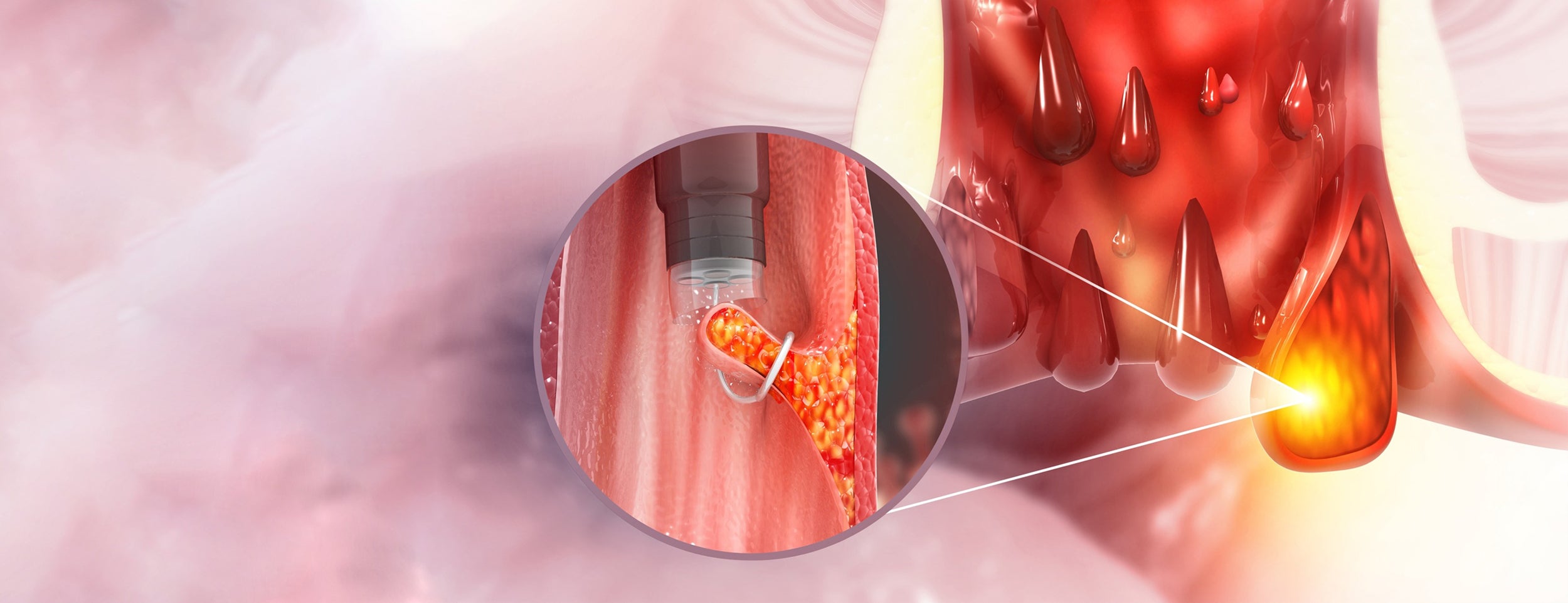
Don't confuse a hemorrhoid pimple with other anal infections, like anal cancer or a regular pimple. While anal cancer is a rare disease that causes itchiness, bleeding, and irritation, a regular pimple is an inflamed, red, and oily skin bump. Anal cancer causes itchiness, bleeding, and irritation, while a pimple is an inflamed, red, and oily bump. The anal region is usually affected by hemorrhoids and swollen veins, whereas anal cancer is associated with pain during bowel movement, constipation, and diarrhea.
You can differentiate hemorrhoid pimples from other anal infections by checking the lesion's appearance and location. Pimples caused by hemorrhoids are usually white with a dark center and heal within a few days, unlike regular pimples. A hemorrhoid pimple appears only in the anal region, unlike anal cancer, which can appear anywhere in the anus.
Treating hemorrhoid pimples depends on diagnosing them correctly. It might appear similar to a pimple or abscess, but its location and associated hemorrhoids distinguish it. Therefore, if experiencing anal discomfort or irritation, seek medical attention for an accurate diagnosis.
The Best Tips for Maintaining Good Anal Health:
Maintaining good anal health is crucial for preventing the development of hemorrhoids and pimples on the anus. Engage in regular physical activity, practice good hygiene habits, eat a high-fiber diet, stay hydrated, and avoid prolonged sitting.
Additionally, seeking treatment for symptoms or abnormalities can help prevent complications and promote optimal anal health. Maintaining optimal health and well-being can be achieved by taking proactive care of the anal area.
Conclusion:
Hemorrhoid pimples can be a painful and uncomfortable experience, but it doesn't have to be. Seek medical attention immediately if you experience uncomfortable lumps or bumps in the anal region. Good hygiene practices and effective treatment will ensure you won't have to endure this unpleasant experience again.
Remember to watch for any changes or symptoms, practice good hygiene, and seek medical advice for persistent issues. Stay comfortable and healthy!






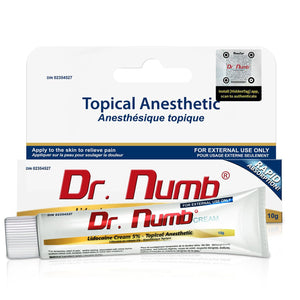


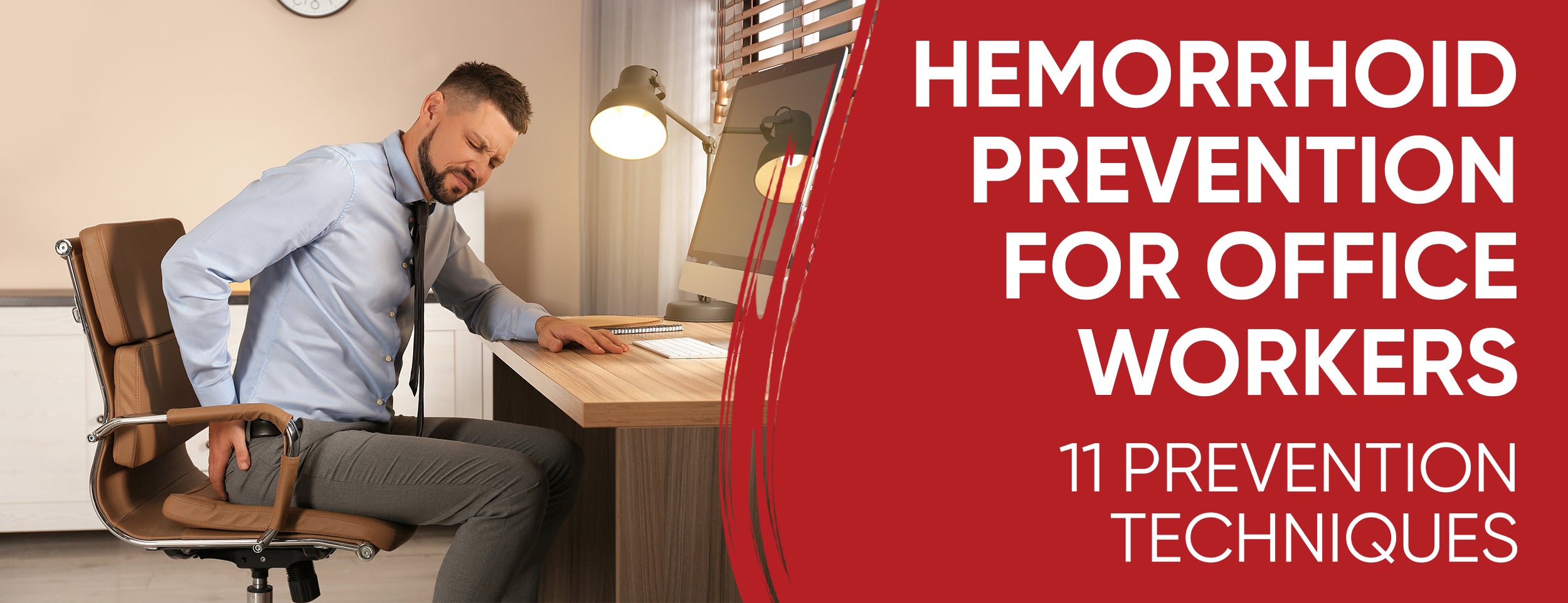
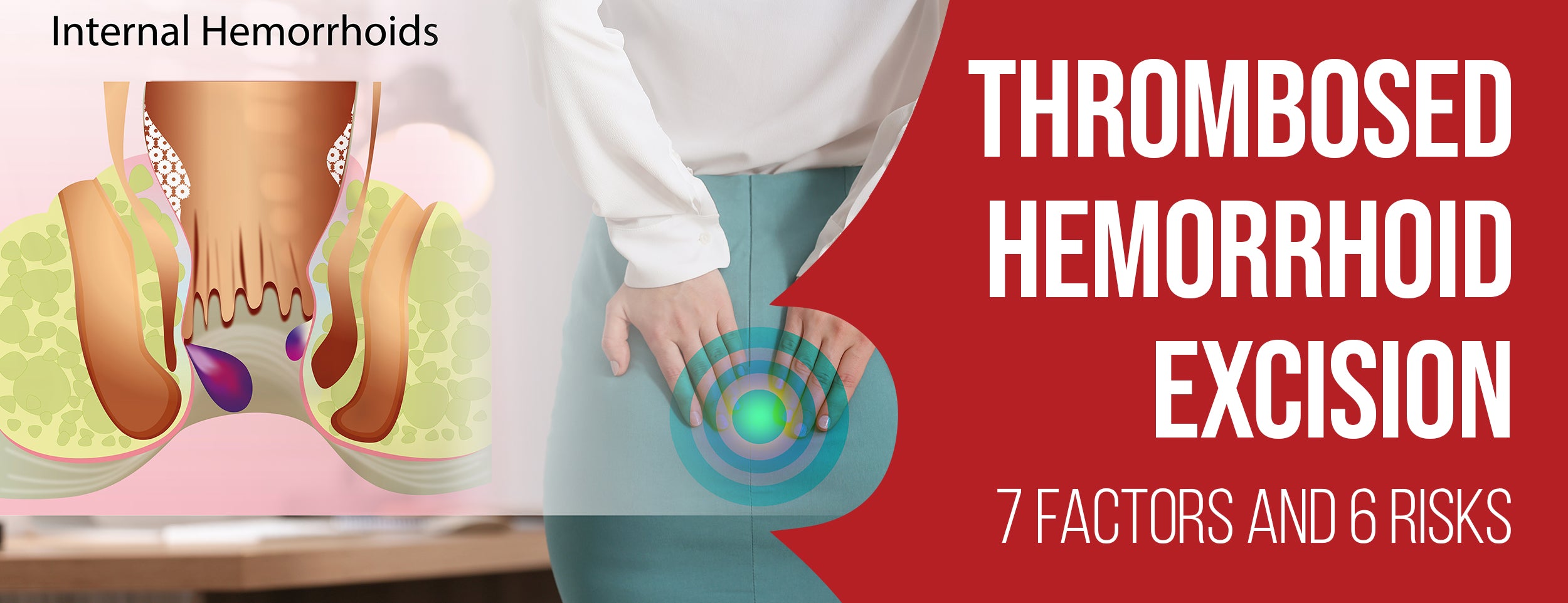
![Precautions & 6 Steps to Draining Thrombosed Hemorrhoids [DIY]](http://drnumb.ca/cdn/shop/articles/Draining_Thrombosed_Hemorrhoid_Yourself__6_Steps_8_DIY_Tips_With_Precautions.jpg?v=1713931775)

